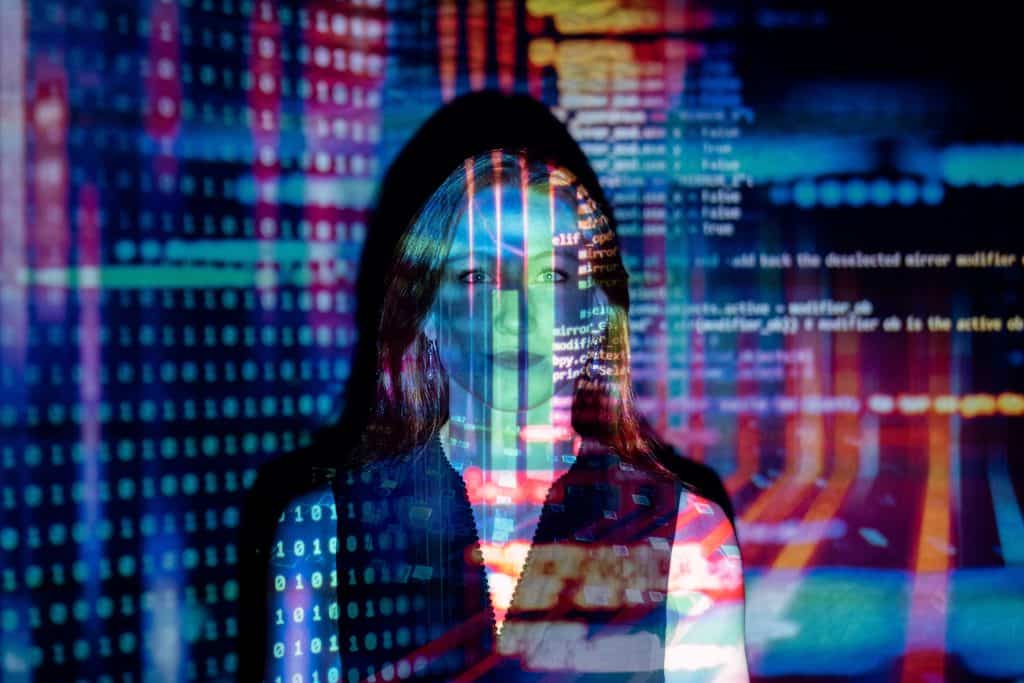In recent years, the landscape of education has been rapidly evolving, driven by technological advancements and changing learning needs. This blog post delves into the future of education, exploring emerging trends and technologies that are reshaping the way we teach and learn. We’ll discuss the rise of online learning, the integration of artificial intelligence (AI) in education, and the transformative impact of virtual reality (VR) in classrooms.
Online Learning: A New Era of Education
The Growth of E-Learning Platforms
Online learning, also known as e-learning, has experienced exponential growth, especially in the wake of global events that necessitated remote education. E-learning platforms like Khan Academy and Coursera have become go-to sources for students seeking to expand their knowledge or pursue formal degrees online. These platforms offer a vast array of courses, often taught by experts from prestigious institutions.
Flexibility and Accessibility
One of the primary advantages of online learning is its flexibility. Students can access educational content at their own pace and on their schedule. This adaptability has made learning more accessible to people around the world, breaking down geographical barriers and enabling lifelong learning.
The Role of AI in Online Education
AI in Education: Personalized Learning at Scale
Artificial intelligence is revolutionizing education by offering personalized learning experiences. AI-driven platforms analyze individual learning patterns and provide tailored content and assessments. Students receive immediate feedback and recommendations, enhancing their understanding and retention of material.
Adaptive Learning Systems
Adaptive learning systems like ScribeSense use AI algorithms to adjust the difficulty and pace of lessons based on a student’s progress. This approach ensures that students are continually challenged but not overwhelmed, leading to more effective learning outcomes.
AI-Powered Chatbots
AI chatbots like Duolingo’s chatbots help language learners practice conversational skills. These chatbots engage learners in realistic dialogues, improving fluency and confidence.
Virtual Reality in Classrooms: Bridging the Imagination Gap
Virtual reality has the potential to transform traditional classrooms into immersive, interactive learning environments. VR headsets transport students to places they might never visit otherwise, whether it’s exploring ancient civilizations, walking on the moon, or diving into the human body.
Hands-On Learning
Virtual labs allow students to conduct experiments and explore scientific concepts in a safe, virtual environment. Institutions such as Labster provide VR lab simulations for biology, chemistry, and more.
Historical and Cultural Immersion
Imagine history lessons where students can witness historical events or literature classes where they step into the settings of classic novels. VR makes this possible, offering a more engaging and memorable learning experience.
Conclusion
The future of education is undeniably exciting, with online learning, AI-driven personalized education, and virtual reality poised to reshape how we acquire knowledge. These trends not only increase access to education but also enhance its quality and relevance. As we move forward, educators, institutions, and learners alike will need to embrace these technologies and adapt to a changing educational landscape.
To explore more educational resources and strategies, visit Resource Room.
Stay updated on educational trends and tips:
Explore our offerings:
Planning for your future:





